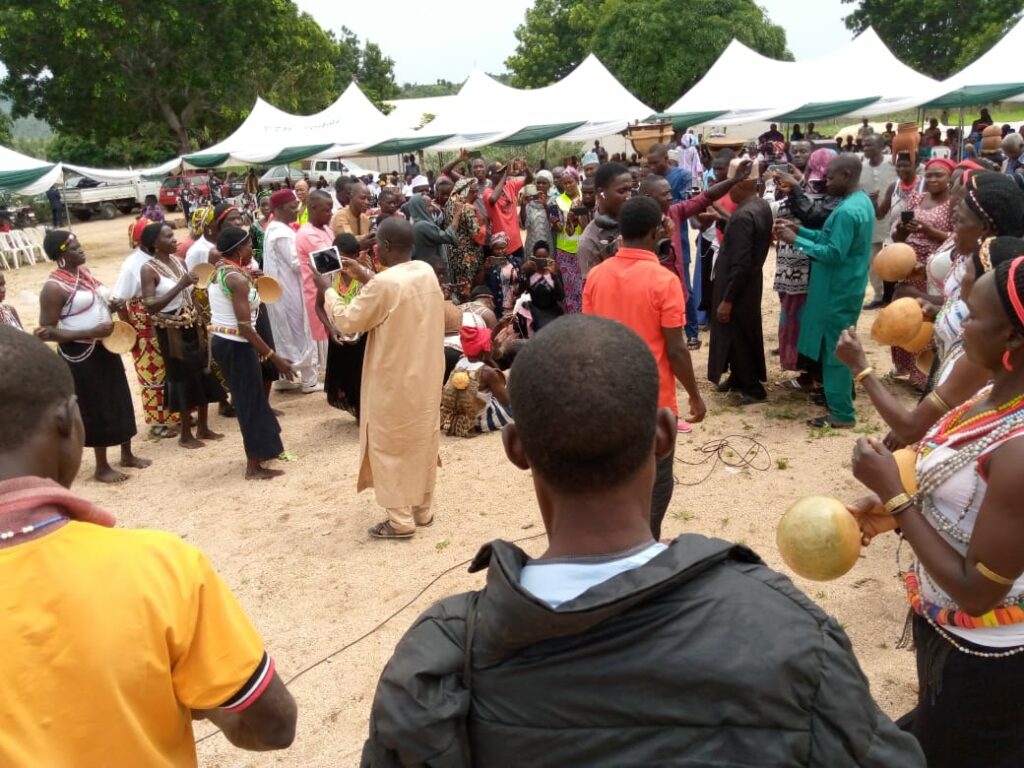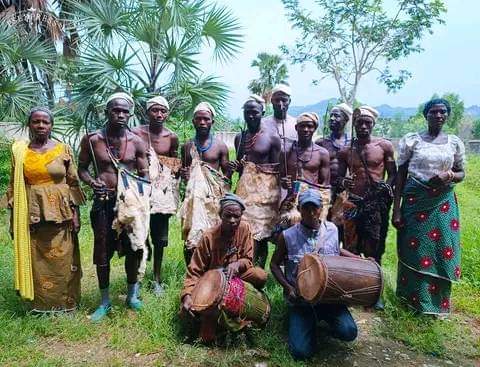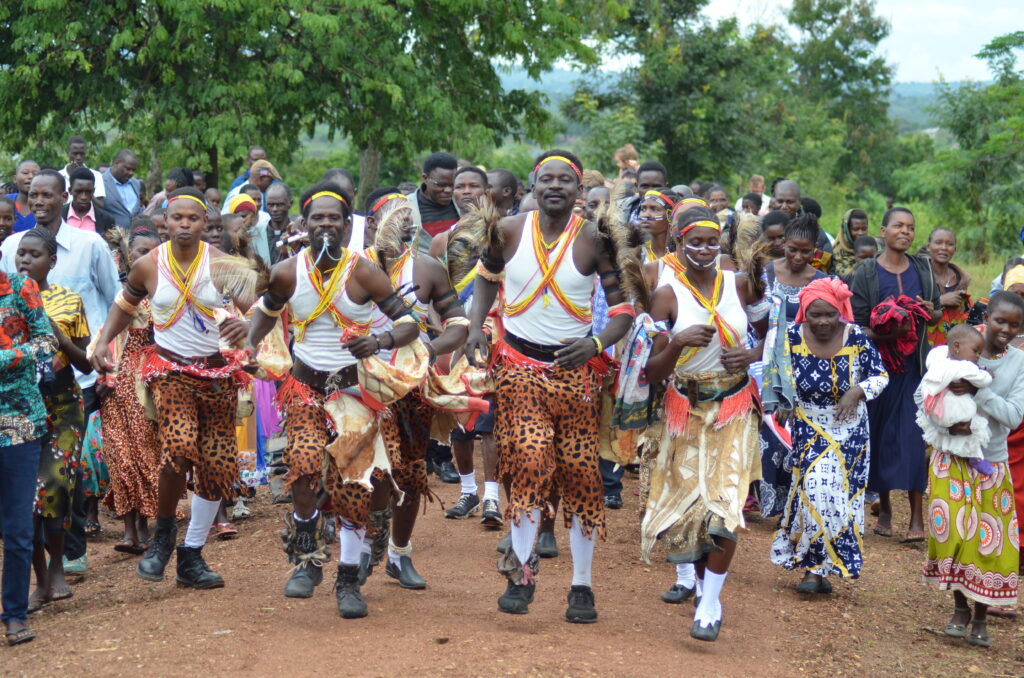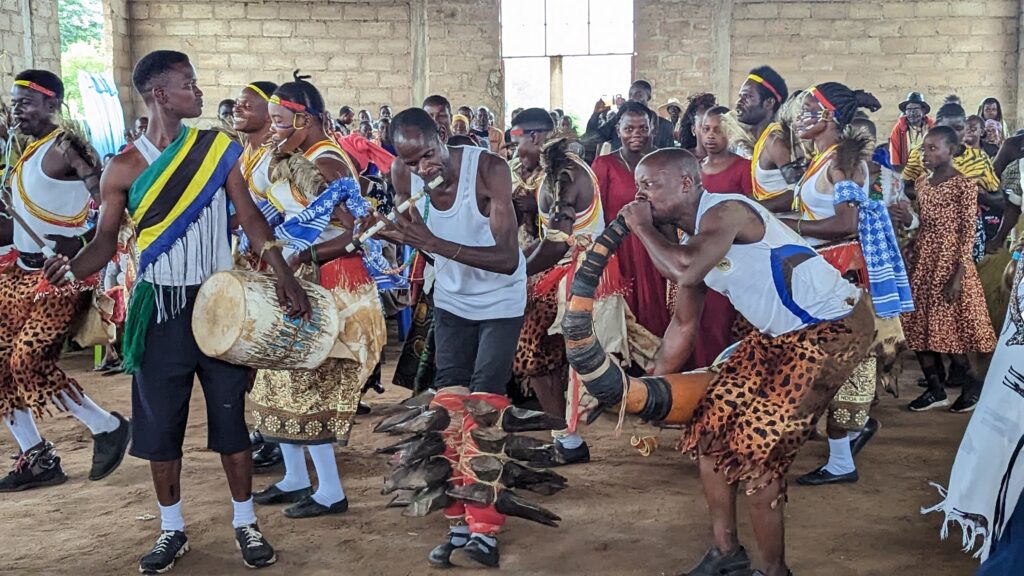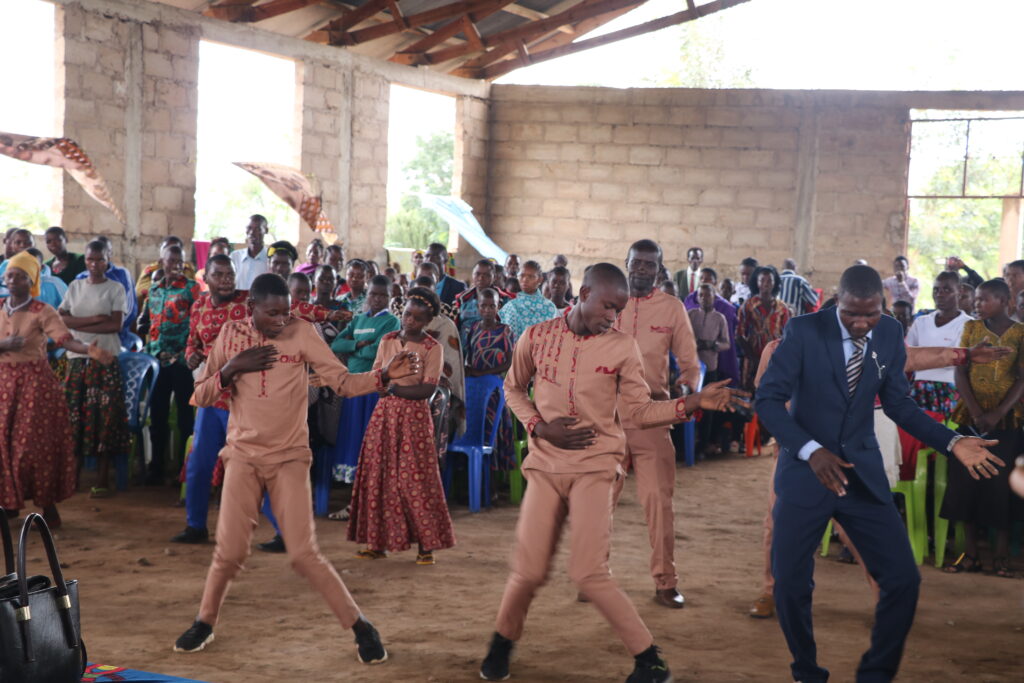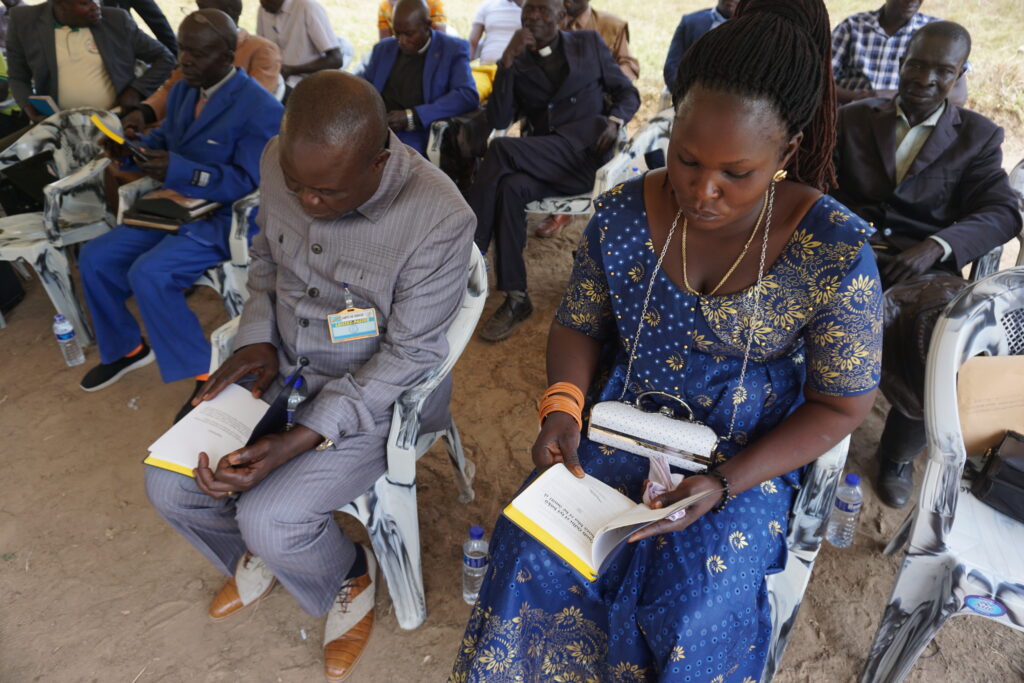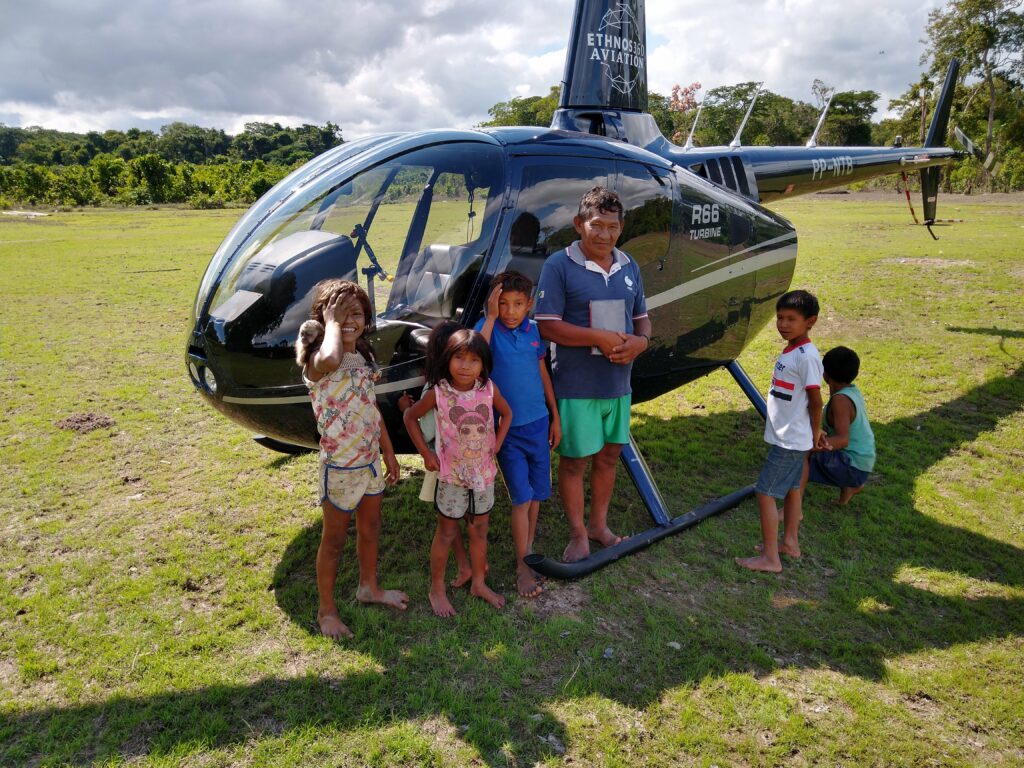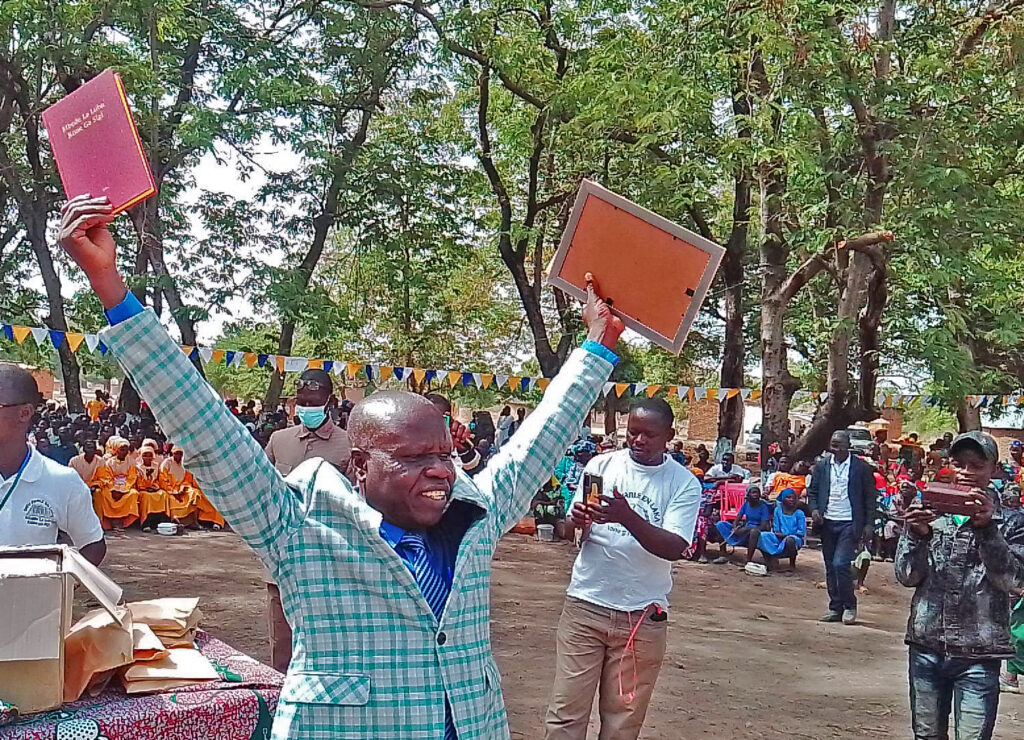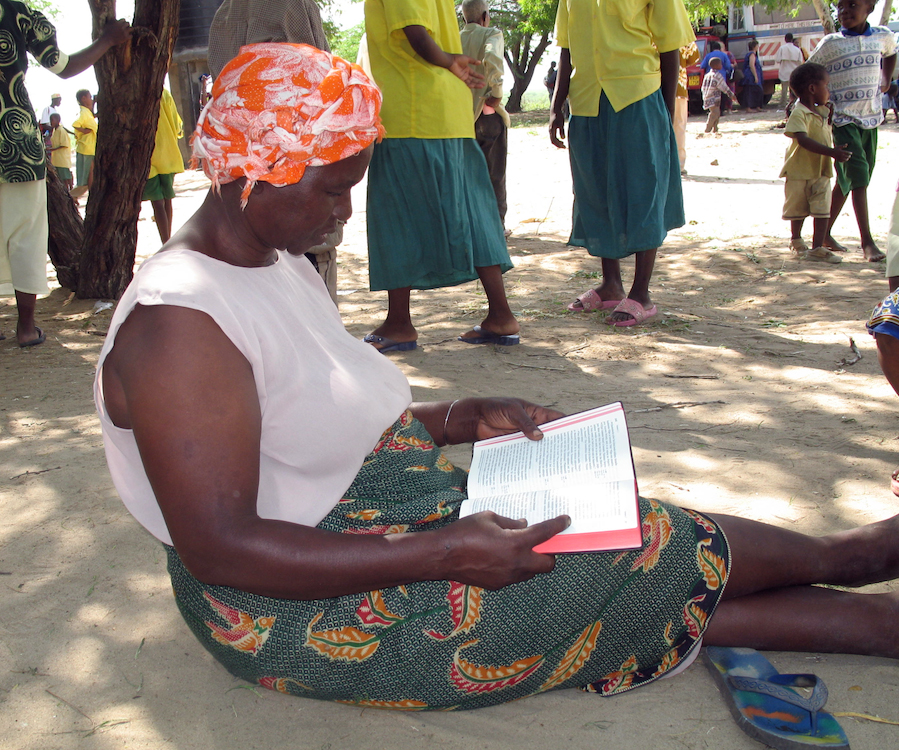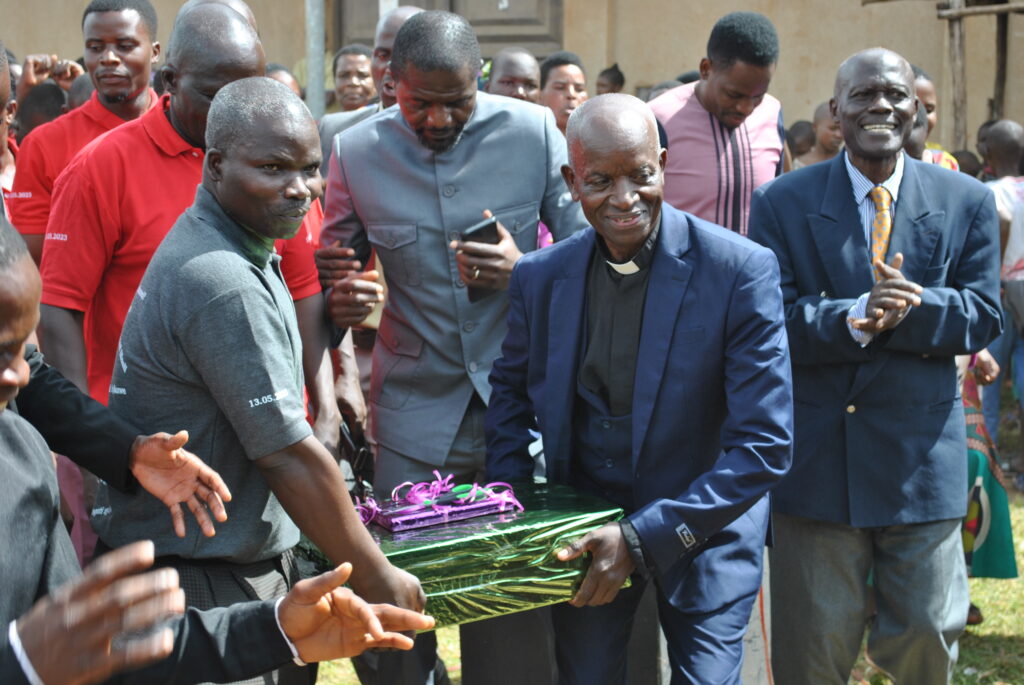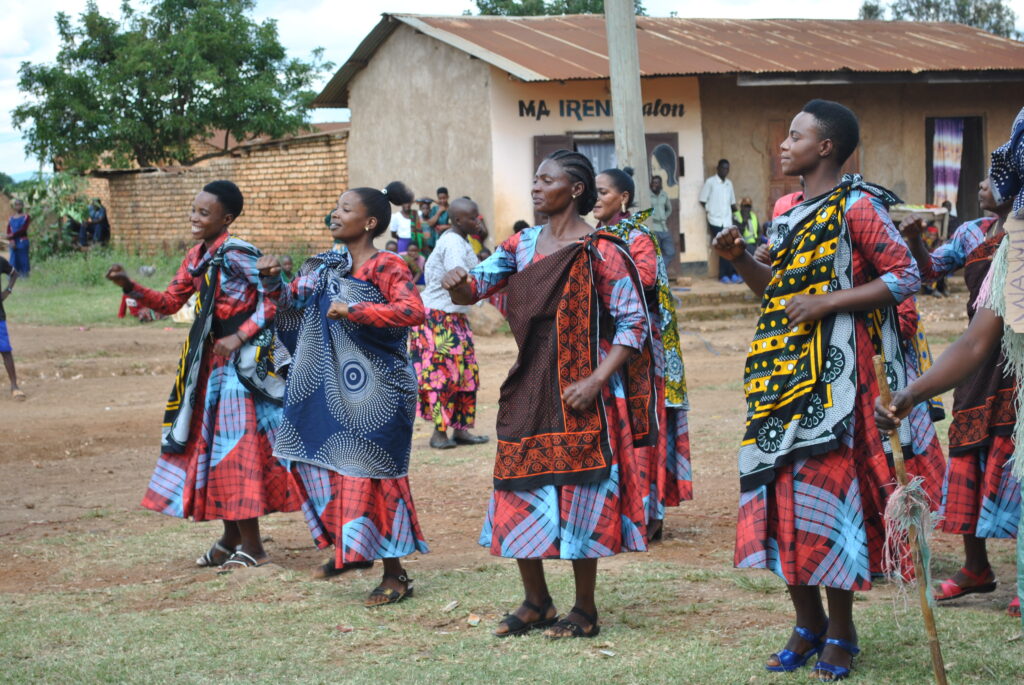Making Bible Translation Possible
From the window of my plane every day I look down at unbelievably inhospitable terrain, and I can see why aviation transport is so critical for translation teams. A few weeks ago I picked up some Wano families who were returning from a nine-month outreach trip to teach new believers in Acoti, a neighboring village on the other side of a big mountain. Just before closing the doors to take them back to their home village I asked them how long it would take to walk there. Their response: nervous laughter, rolling eyes, and looks of “I’m sure glad I’m sitting in this airplane!” One guy, Liku, said that two of his friends had attempted the hike. One turned back after three days. The other one died on the trail. That hike has been done, but it took strong mountain men seven days to accomplish the 27-mile trek. By plane? Fifteen minutes!

On a trip to Mouyeba, 450 miles from home base, distance is the challenge. Work is underway there to revise the Moskona New Testament and further develop the literacy program for the Moskona people. This flight requires an overnight in a village along the way for the pilot, a nice change of pace for me. It’s cool and quiet there, with no phone connection. It gives me a chance to help the translators fix a few house projects. I like doing that. But without aviation service, traveling back and forth from home base to Mouyeba would be daunting for translators and language workers.

We stopped by another village on the way home so Andy could distribute some solar-powered MP3 players. They contain gospel recordings in the Moskona language—a super great thing for the people who can’t read.
These are just two of many language groups who benefit from our aviation services. What a privilege to be a part of reaching these communities with the gospel!

















